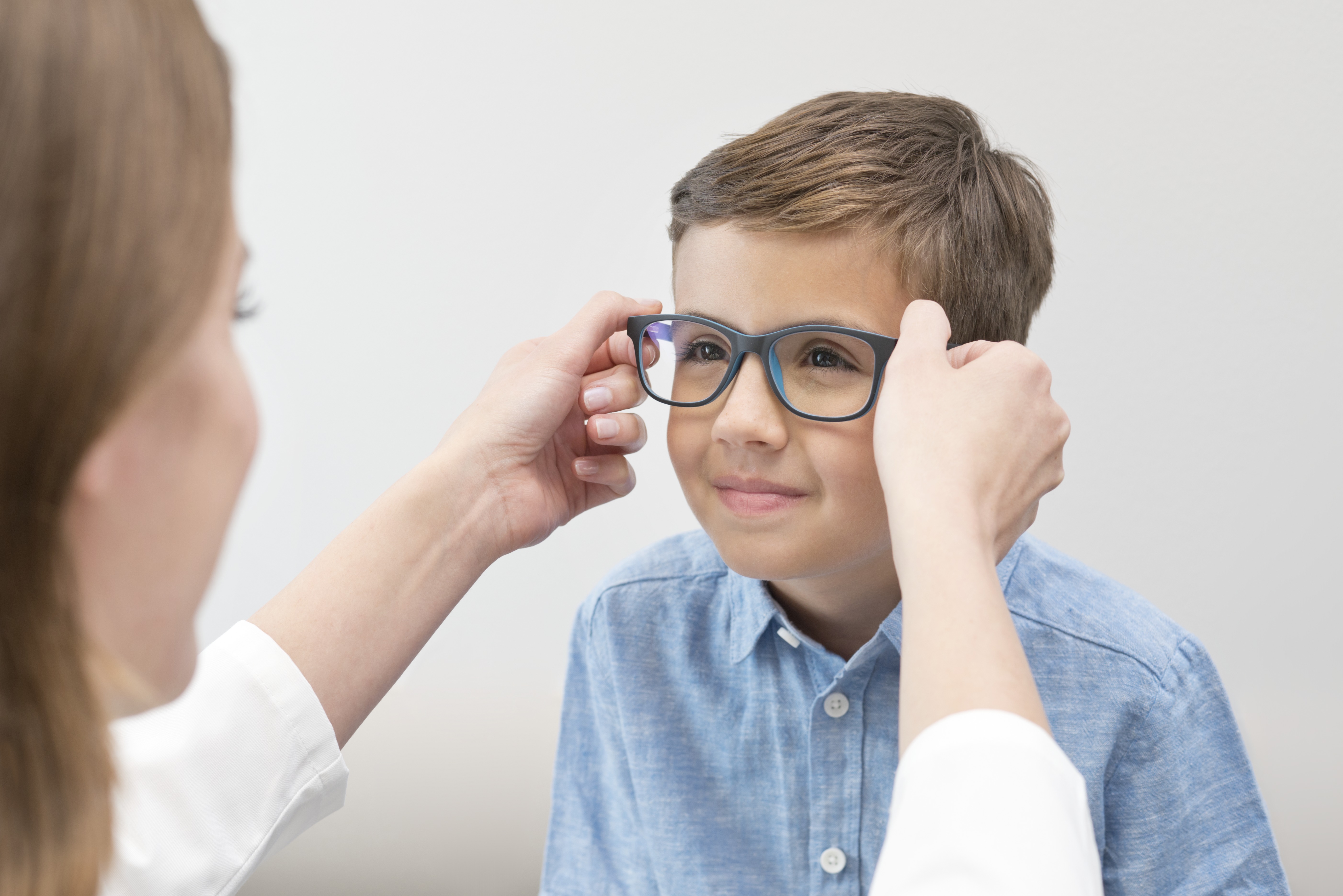 |
While low-income households struggle to afford glasses or contact lenses, researchers theorized that the high-income populations are likely to have more near vision use during their education and career, which supports their results of myopia prevalence in adolescents from high-income households. Photo: Getty Images. Click image to enlarge. |
Myopia is the most common refractive errors in the United States and globally, and the condition typically begins developing at an early age. Researchers from the Department of Ophthalmology and Optometry in Wuhu, China recently investigated the association between physical indicators and myopia in American adolescents to look for associations and patterns in myopia onset.
In a retrospective case-control study published in the American Journal of Ophthalmology, researchers examined 9,008 adolescents with varying degrees of myopia. Myopic patients were between the ages of 12 and 19 years old and divided into two groups: low age (12-14) and high age (15-19). Participants were excluded if they were missing dioptric power data, presenting visual acuity with usual correction, lacking height, weight or BMI data, or missing demographic data.
Researchers took the collected data to determine which physical indicators would affect the risk of developing myopia and the rate at which it develops. The data showed that the myopia rate was 31.5% for girls and 28.4% for boys. The team compared their data to non-myopic adolescents and discovered that young myopes were more likely to be in the high age group (64%), non-Hispanic white ethnicity (60%), come from a higher income level (35%) and fell into the lowest quartile for weight (29%) and BMI (29%).
The team also concluded that sex and height had no significant association with the occurrence of myopia in adolescents. However, they mentioned that height can be a risk factor for the degree of myopia.
Although the researchers used the National Health and Nutrition Examination Survey for their data, this database does not provide physical indicators such as fitness, overall health and dietary habits. Therefore, the researchers could not examine every aspect that may influence the association with myopia in adolescents. They concluded in their paper that “there was a certain association between physical indicators and myopia. Weight and BMI were related to the occurrence of myopia, whereas height and race were associated with the degree of myopia.”
Chen N, Sheng Y, Wang G, Liu J. Association between physical indicators and myopia in American adolescents: NHANES 1999-2008. American Journal of Ophthalmology 2023. [Epub ahead of print]. |

